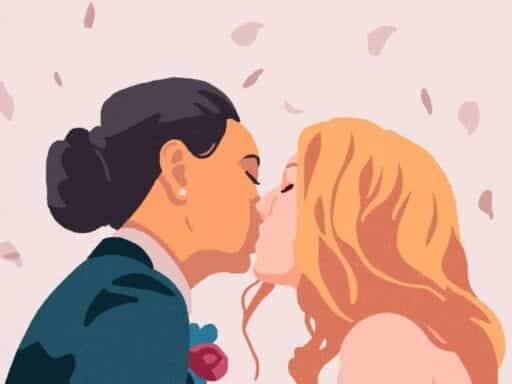A comic about the cultural and scientific reasons we love making out.
/cdn.vox-cdn.com/uploads/chorus_asset/file/15986155/Vox_The_Highlight_Logo_wide.jpg)
Humor, political cartoons, and graphic journalism from The Highlight, Vox’s home for features and longform journalism.
/cdn.vox-cdn.com/uploads/chorus_asset/file/19429596/1revised.jpg)
/cdn.vox-cdn.com/uploads/chorus_asset/file/19429845/2revised.png)
/cdn.vox-cdn.com/uploads/chorus_asset/file/19427216/3.jpg)
/cdn.vox-cdn.com/uploads/chorus_asset/file/19427217/4.jpg)
/cdn.vox-cdn.com/uploads/chorus_asset/file/19427219/5.jpg)
/cdn.vox-cdn.com/uploads/chorus_asset/file/19427221/6.jpg)
/cdn.vox-cdn.com/uploads/chorus_asset/file/19427223/7.jpg)
/cdn.vox-cdn.com/uploads/chorus_asset/file/19427226/8.jpg)
/cdn.vox-cdn.com/uploads/chorus_asset/file/19429842/9revised.png)
/cdn.vox-cdn.com/uploads/chorus_asset/file/19429910/10revised2.jpeg)
Xulin Wang is an award-winning illustrator and comic artist raised in Alberta and based in Toronto. Through her work, she tells personal, informative, and socially conscious stories.
Author: Xulin Wang
Read More



